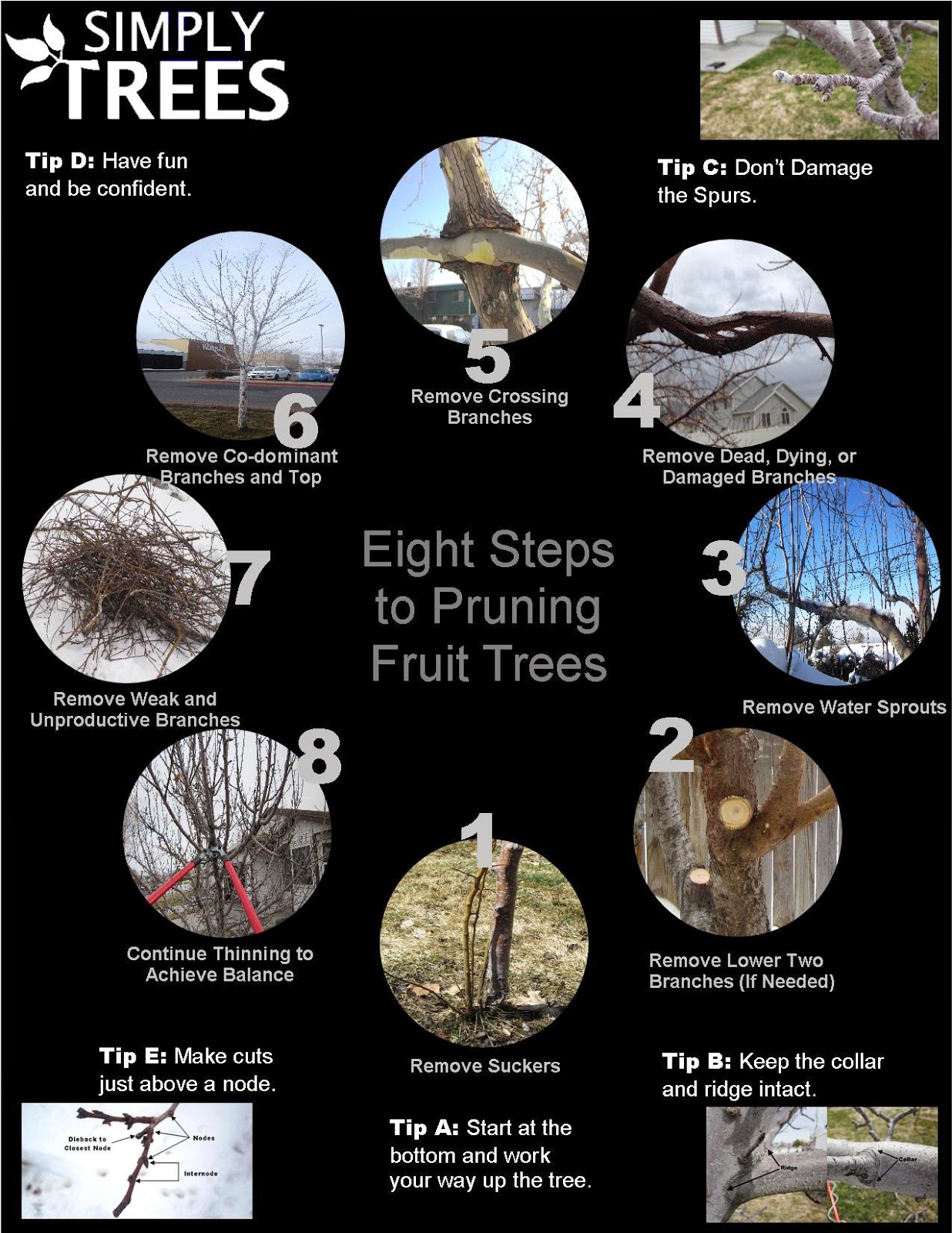The Environmental Advantages Of Stump Grinding: A Sustainable Approach For Land Stewardship
The Environmental Advantages Of Stump Grinding: A Sustainable Approach For Land Stewardship
Blog Article
Web Content Created By-
When it comes to land management, have you taken into consideration the resilient advantages of stump grinding? By resolving the remnants left after tree removal, this practice not only help in dirt wellness improvement yet additionally plays a crucial duty in protecting against erosion and sustaining biodiversity. The ecological benefits of stump grinding prolong much past simple appearances, offering a sustainable service that balances with nature's complex systems.
Soil Health Enhancement
Seeking to boost the high quality of your soil? Stump grinding can be a game-changer for improving dirt health on your building. By getting rid of old tree stumps, you're producing room for brand-new growth and enabling important nutrients to return to the dirt.
As the stumps break down over time, they launch organic matter, improving the soil and promoting better plant growth.
Additionally, stump grinding helps to aerate the dirt, enabling much better water infiltration and origin advancement. Compressed dirt can prevent plant development and water absorption, but by grinding stumps, you're loosening up the dirt and developing a much healthier setting for your plants.
Moreover, stump grinding can likewise help to stop insect problems and illness that old stumps might bring in. By removing these potential threats, you're creating a much safer and extra efficient landscape.
Erosion Prevention
To stop dirt disintegration efficiently, stump grinding plays a crucial duty in maintaining the stability and integrity of your land. By getting rid of undesirable stumps from your property, you're additionally decreasing the danger of disintegration caused by water drainage. Learn Additional grinding removes challenges that can disrupt the all-natural circulation of water throughout your land, stopping soil disintegration while doing so.
When stumps are left unblemished, they can work as barriers to water flow, causing dirt to wash away throughout heavy rainfalls. This erosion not just harms your land yet also adds to sedimentation in neighboring water bodies, damaging water communities.
Stump grinding helps to stop these concerns by leveling the ground and promoting correct drain, reducing the probability of disintegration.
Biodiversity Assistance
Keeping healthy biodiversity on your land is essential for developing a flourishing environment. By utilizing stump grinding as a lasting land management technique, you can considerably support biodiversity.
Stump grinding helps advertise biodiversity by producing new habitats for numerous plant and pet species. matainance of stumps permits the regeneration of indigenous greenery, which in turn draws in a diverse variety of wild animals. Bugs, birds, and tiny creatures prosper in these freshly easily accessible locations, adding to the overall biodiversity of your land.
Additionally, stump grinding assists stop the spread of illness and insects that can hurt plant types, thus guarding the environmental equilibrium on your building. By getting rid of old stumps, you create space for new plant growth, which improves the overall wellness of the environment.
This much healthier setting supports a wider selection of species, advertising biodiversity and creating a much more resistant ecological community in the long term. Welcoming stump grinding as part of your land management technique can have long lasting positive results on the biodiversity of your land.
browse around this web-site
By utilizing stump grinding as a lasting technique to land management, you can improve dirt health, stop disintegration, and support biodiversity. This environmentally friendly technique not only benefits the ecosystem however also advertises the growth of greenery and produces habitats for numerous plant and animal types. Make a favorable impact on the atmosphere by incorporating stump grinding right into your land management methods.
